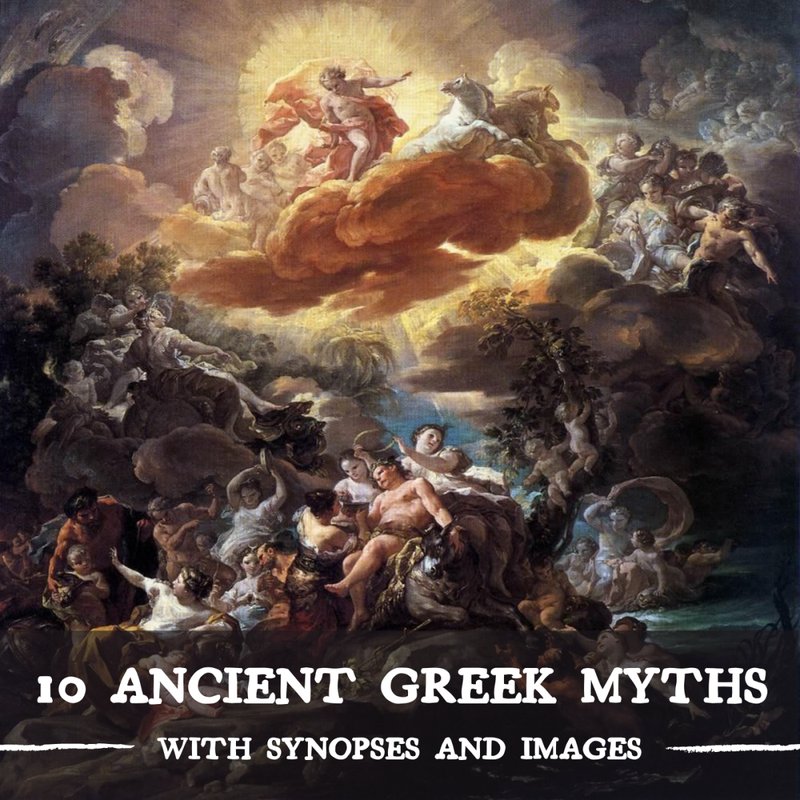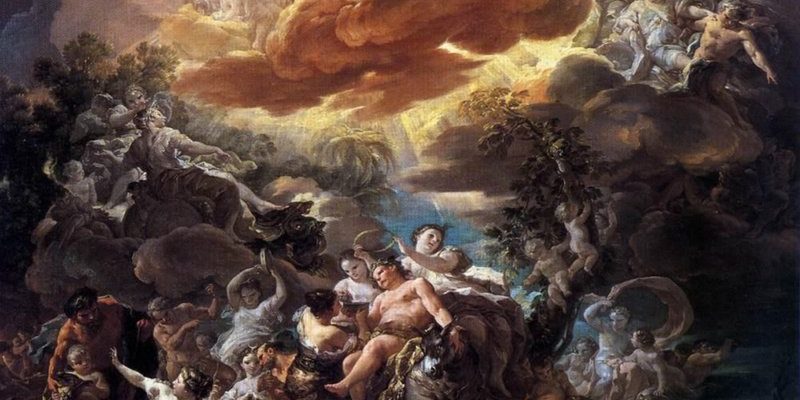
Trout are often associated with wisdom, endurance, and even spirituality in various cultures. From Native American folklore to European fishing traditions, these fish are steeped in rich narratives that give them a unique significance. Let me take you on a journey to explore these myths and cultural beliefs surrounding the trout, revealing how they shape our understanding of this incredible fish.
The Spiritual Significance of Trout
In many Native American cultures, trout are considered sacred creatures, symbols of transformation and adaptation. They often appear in stories that emphasize the importance of balance in nature. For instance, the trout’s ability to thrive in diverse environments reflects adaptability, a trait admired in various Native American teachings.
Here’s the thing: these fish are not just part of the ecosystem; they’re also seen as messengers. Some tribes believe that encountering a trout during a fishing trip can signify a change in the individual’s life or a period of self-discovery. Imagine casting your line and suddenly feeling a connection to something greater—this is the kind of experience many anglers seek.
Trout are also part of creation stories, where they symbolize beauty and resilience in the face of adversity. These stories often highlight the fish’s journey upstream, reminding us that struggles can lead to growth.
Trout in European Folklore
Across the waters of Europe, trout have also earned a spot in folklore and traditions. For example, in some Scottish tales, the trout is associated with the gods and is seen as a symbol of good luck and prosperity. There’s a saying that if you catch a trout and release it, good fortune will follow you. This belief adds a layer of reverence to the act of fishing—it’s not just about filling your plate but also about respecting the fish.
In ancient Greece, trout were linked to Artemis, the goddess of the hunt. Fishermen would offer trout as sacrifices, believing it would ensure a successful catch in return. It’s interesting how these beliefs intertwine fishing with spirituality, right?
Moreover, in various regions of France, a trout’s presence in a river is believed to indicate the health of that waterway. Clean water, vibrant fish—these things go hand in hand. When people see healthy trout populations, it reassures them about their natural environment.
Trout and Symbolism in Art and Literature
As cultures evolved, trout found their way into art and literature, often symbolizing freedom and purity. Think about the impressionist paintings that capture the shimmering scales of a trout swimming in crystal-clear waters. These images evoke feelings of tranquility and a connection to nature, don’t they?
In literature, trout appear as metaphors for life’s journey. For instance, in some poems, the trout’s struggle against the current symbolizes personal challenges and growth. Writers often illustrate the fish’s journey upstream as a reflection of human perseverance. This narrative connects deeply with readers, reminding them that the path to success is often not a straight line.
If you’ve ever watched a trout break the surface of the water, you know there’s something magical about it. Artists and writers both tap into this magic, using the trout to evoke emotions and convey messages about the beauty of life and nature.
Myths About Trout Fishing
Fishing is steeped in myths, and trout fishing is no exception. One common belief is that spotting a rising trout means they are no longer in a biting mood. The idea is that if you see them jumping, they’ve already eaten enough. But honestly, that’s not always the case! Sometimes, fish leap to shake off parasites or because they’re just feeling frisky.
Another myth is that trout are only active during specific times of the day, like early morning or late evening. While it’s true that these times can be prime for fishing, trout can be caught throughout the day, especially if you know the right techniques.
Also, some believe that using live bait guarantees a catch. While live bait can be effective, many anglers have had great success using lures or even artificial flies. It’s about understanding the behavior of trout and finding what works best for you.
Conservation and the Cultural Importance of Trout
With all these myths and cultural beliefs, it’s essential to talk about the role trout play in our environment and the need for conservation. As fish populations decline due to pollution and habitat destruction, many cultures are stepping up to protect these vital species. Efforts to restore trout habitats are not just about the fish; they’re about preserving a way of life.
For instance, some communities are implementing catch-and-release practices, which promote sustainability. These practices align with cultural beliefs that emphasize respecting nature and understanding the balance of ecosystems. It’s a beautiful circle, where beliefs lead to actions that protect the very creatures that inspire them.
You might be wondering how you can get involved. Simple actions, like participating in local clean-up efforts or advocating for better water policies, can make a big difference. Every little bit helps keep our trout populations thriving.
Trout in Culinary Culture
Beyond their symbolic meanings, trout also hold a prominent place in culinary culture. Many cultures have traditional recipes that celebrate this fish, highlighting its delicate flavor and versatility. You might say that trout is a star of the dinner table.
In the U.S., recipes often feature grilled or smoked trout, allowing the natural flavors to shine through. Meanwhile, in Europe, dishes might include trout stuffed with herbs and baked to perfection. Cooking trout brings people together, whether it’s at a family dinner or a festive gathering.
Food is another way that trout connect cultures. Sharing a meal featuring this fish can spark conversations about its significance and the myths surrounding it. It creates a sense of community, allowing for the exchange of stories and experiences.
The Modern Perspective on Trout Myths
These days, many of the myths and beliefs surrounding trout still resonate, though they’ve evolved with modern sensibilities. People aren’t just fishing for sport but are also engaging in practices that honor the environment and the cultural narratives connected to trout.
Here’s the thing: as more anglers learn these stories, they’re inspired to respect and protect the waters they fish in. It’s a wonderful way to blend tradition with modern sustainability practices.
Additionally, outdoor education programs often explore these cultural beliefs, teaching younger generations the importance of conservation and respect for nature. It’s a way to keep the stories alive, ensuring that the cultural significance of trout continues to thrive.
In conclusion, trout are more than just fish; they embody a rich tapestry of myths, beliefs, and cultural connections. From their spiritual significance in Native American traditions to their presence in European folklore and culinary practices, they touch many aspects of our lives. By understanding and respecting these narratives, we can appreciate not only the trout itself but also the environments they inhabit and the communities that cherish them. So, the next time you catch a trout or see one leaping in a stream, remember the stories it carries and the wisdom it offers.

